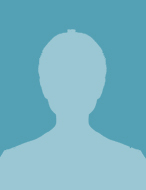Before & AfterPhotos
 View Photo Gallery
View Photo Gallery
Skin rejuvenation and resurfacing can be achieved in several ways, ranging from laser and light treatments to chemical peels and injectables.
Resurfacing treatments that remove the uppermost layers of the skin (epidermis and dermis) to varying degrees.
Expression lines that may appear as folds when the skin is not moving, and deepen with facial movements or expressions.
Drugs and/or gases used during an operation to relieve pain and alter consciousness.
Sedatives administered by injection into a vein to help you relax.
Ranging from ablative to non-ablative, these treatments use laser energy, light energy, radio waves, ultrasonic energy or plasma energy to treat the skin.
A drug injected directly to the site of an incision during an operation to relieve pain.
Weakening of the supportive skin structure that results in a loss of skin firmness or the development of cellulite.
Deep creases between the nose and mouth.
Treatments that do not remove any skin but rather penetrate the skin or treat the skin superficially (only on the surface).
Freckles, sun spots, melasma or other darkened patches of skin result mainly from sun exposure.
As the result of acne or injury to the skin, scars may be rolling (a wavy appearance to the skin), pitted, discolored or have raised borders.
Wrinkles that are visible at all times.
Deep crease that appears as a shadow below the lower eyelids.
Blood vessels visible on the surface of the skin, vascular lesions that appear as tiny blood filled blisters or even a constant flush of facial redness.















